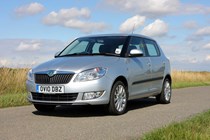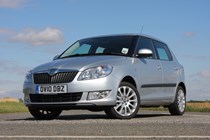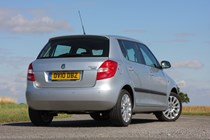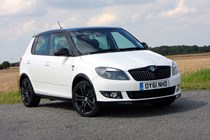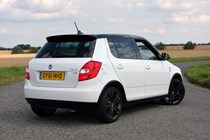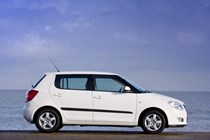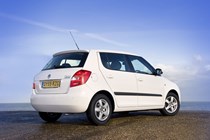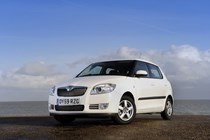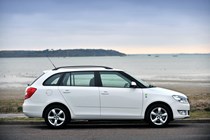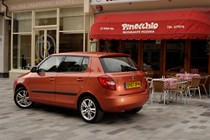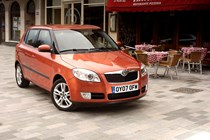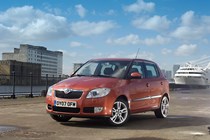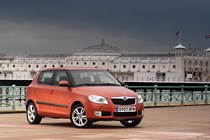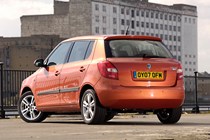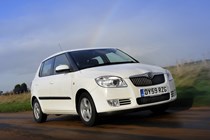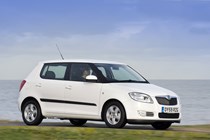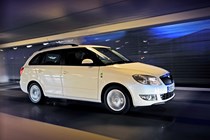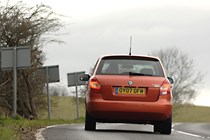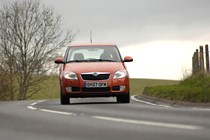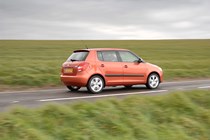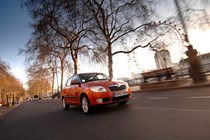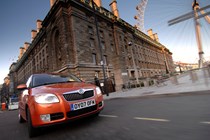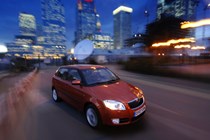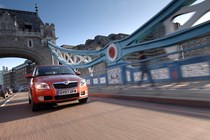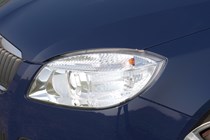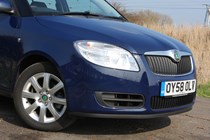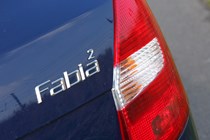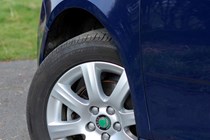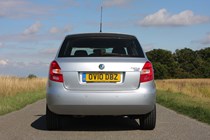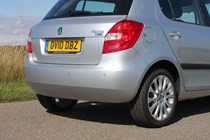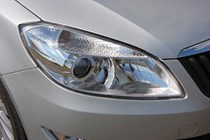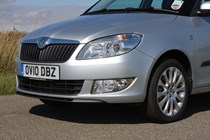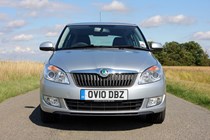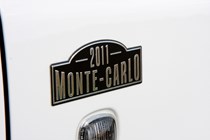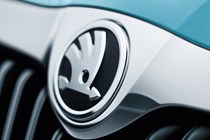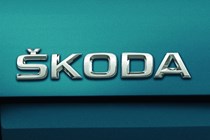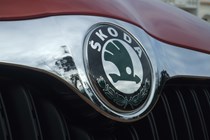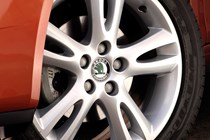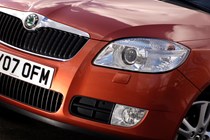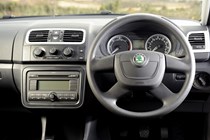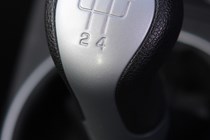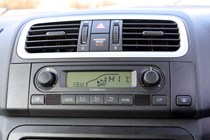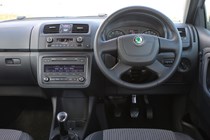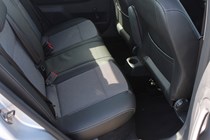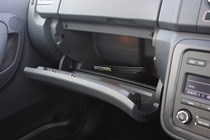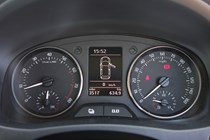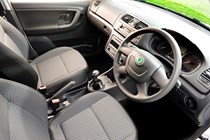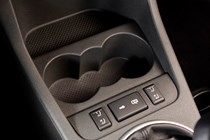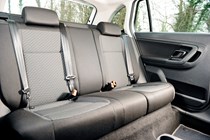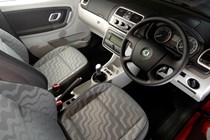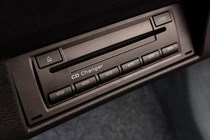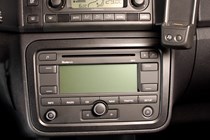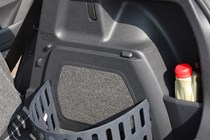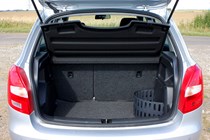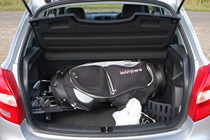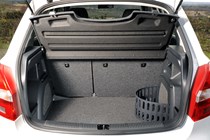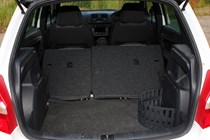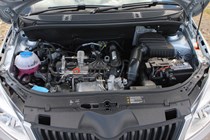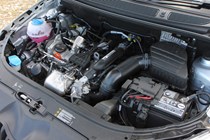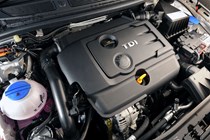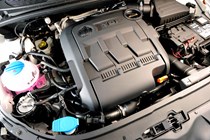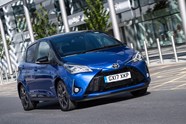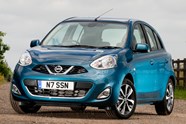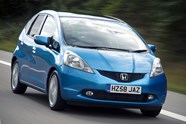
Skoda Fabia Hatchback (2007-2014) review
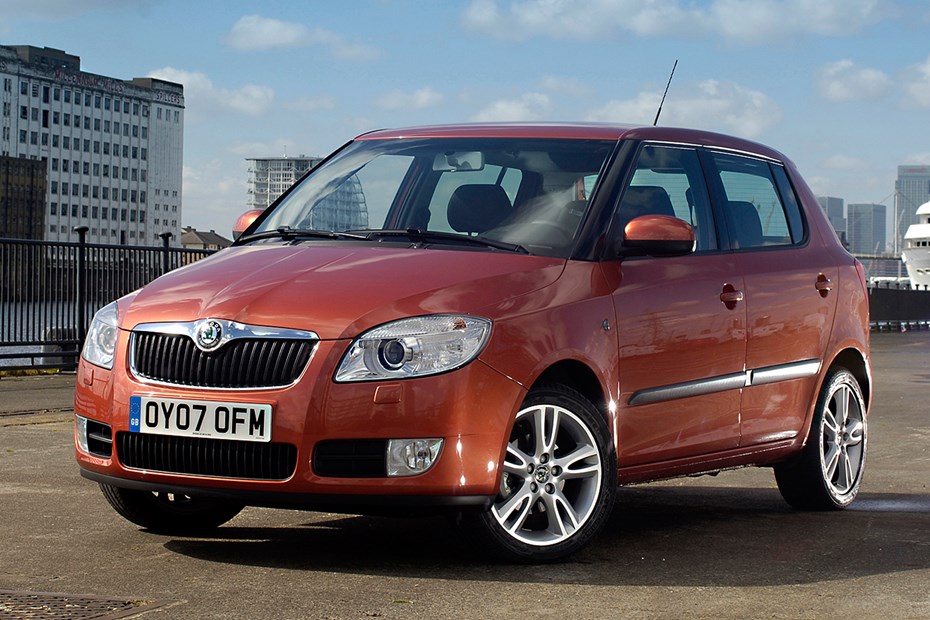
At a glance
| Price new | £8,995 - £16,265 |
|---|---|
| Used prices | £387 - £4,905 |
| Road tax cost | £20 - £345 |
| Insurance group | 3 - 16 |
Get an insurance quote with

|
|
| Fuel economy | Not tested to latest standards |
| Range | 366 - 822 miles |
| Number of doors | 5 |
| View full specs for a specific version | |
Available fuel types
Petrol
Diesel
Pros & cons
- Easy to drive
- Robust build quality
- Good cabin space
- Low emissions Greenline version available
- Scored only four stars in Euro NCAP crash test
Skoda Fabia Hatchback (07-14) rivals
Overview
The second-generation Skoda Fabia helped cement Skoda as the modern, forward-thinking brand we know it as today. With the brand’s joke image firmly in the past, a range of well-regarded models on sale and a brilliant TV spot (who could forget the Fabia cake?) a bright future lay ahead. This is one supermini you don’t want to miss.
With trusted VW tech and usually well looked-after by owners, the Mk2 Fabia makes an excellent used buy with a great reputation for reliability. A wide range of engines were available, both petrol and diesel, either side of the Fabia’s facelift in 2010. A great car for singles, couples or even small families, the Fabia’s talents run deep.
Skoda Fabia Mk2 known faults and common problems
Few buyers express regret in choosing a Skoda Fabia. It’s an eminently sensible small car, and holding up well on the used market thanks to the volume of sales, the general simplicity of its engineering, and easy parts availability – it shares almost all of its components with other cars from within the Volkswagen Group.
Prices start from as little as a few hundred pounds, usually for the oldest and highest mileage cars or perhaps insurance write-offs. Up your budget to £3,000 and you’ll have your pick of models – petrol or diesel, hatchback or estate and even the raised and slightly ruggedised ‘Scout’ model.
Buying guide
1. OIL CONSUMPTION
Some of the Fabia’s smaller but higher-output engines, such as the 1.2 TSI, can consume a lot of oil. Some owners report consumption of around a litre per 1000 miles as they age. This is considered within normal limits by Skoda, so remember to keep a close eye on your oil level. You should plan to check levels monthly.
2. VRS ENGINE ISSUES
The fastest Fabia to date, the Mk2 vRS dispensed with the unusual 1.9-litre diesel of its predecessor and replaced it with a 1.4-litre four-cylinder engine that was both turbocharged and supercharged. Excessive oil consumption is very common with these units, and can be attributed to defective pistons. Misfiring is another common issue. A revised unit, codenamed CHTE, was introduced from late 2012, and addresses most of the earlier CAVE engine’s problems.
3. DSG SERVICE CAMPAIGN
2014 saw a service campaign, code 34F7, introduced on all cars fitted with the DSG automatic transmission. Prior to this DSGs had synthetic oil, which was meant to last the lifetime of the vehicle but could become conductive with metal filings as the gearbox wore. The service campaign swapped this out for non-conductive mineral oil. This too is not meant to be changed, but some specialists recommend changing the oil every four to five years.
4. DIESELGATE
The 1.6-litre TDI diesel model was implicated in the Volkswagen Group’s ‘dieselgate’ scandal. Most models will have gone back to the dealer and had the fix applied. Very high-mileage models may not have taken this so well and could suffer issues such as a bust EGR valve.
5. DISAPPOINTING HEADLIGHTS
Though some top-spec models gained projector halogen headlights, most cars will have regular halogen bulbs which owners have often reported are very dim. An upgrade to third-party halogen bulbs, such as Osram Nightbreakers, may be recommended to remedy this.
6. INTERIOR BUILD QUALITY
Owners have reported some fit and finish complaints. The Fabia uses notably cheaper interior materials than the Volkswagen Polo to which it’s closely related, and the alignment of some panels isn’t always perfect. This may lead to interior squeaks and rattles, and switchgear such as the electric window switches may become detached from their surrounds.
7. SPARE WHEEL
Models built from 2009 did not come as standard with a spare wheel. There’s still room under the boot floor for one, and many owners did specify them as optional extras – but don’t count on it being there.
8. CAMBELTS
While the 1.2-litre engines have chain cams every other engine, including the diesels has a cambelt. They require new belts and tensioners every four years or 60,000 miles, so make sure this has been actioned and check when the last replacement was.
9. SHORT JOURNEYS IN DIESELS
Neither diesel engine, but particularly the 1.6-litre TDI, enjoys regular short journeys. If you’re looking for a Fabia for primarily trips across town, consider one of the petrol engines. If you have a diesel, make sure that at least once every couple of weeks you take it on a fast journey where the engine can warm up fully.
10. REAR WIPER MOTOR FAILURES
An epidemic of rear wiper failures was shared with the Octavia and the Roomster, and led to a shortage of replacements. Replacements are now cheap and plentiful but check the wiper when you buy.
What models and trims can you buy?
Engines initially offered were a 1.2-litre naturally-aspirated petrol in two power outputs, 1.4 and 1.6-litre petrol and a trio of diesel engines – 1.4-litre TDIs in two power outputs and a 1.9-litre diesel. The 2010 facelift brought a 1.2-litre turbo and 1.6-litre diesel engine in two power outputs, the former introducing the Fabia’s first DSG automatic transmission. The standalone vRS model was also launched in 2010.
Basic models are very sparsely equipped – coming with wind-up windows and no central locking. This did mean extremely low insurance groups, though. For our money, it’s worth spending what it takes to get a higher trim level, as these came with stability control and curtain airbags in addition to remote locking and air-conditioning.
Fabia Sport and later Monte Carlo models got a sporty-looking makeover but no additional performance, so you’ll need the 180hp vRS if you want performance to match the looks.
So is this a giant in the small car world? Over the next few pages, we’ll review each aspect of the Skoda Fabia, taking into account its practicality, comfort, fuel economy and performance. If you’re short on time, you can also skip to our verdict page to see if we recommend the Mk2 Fabia as a good used car.





